4 ways to maximise the impact of your drop with crashes and FX
Make things go off with a bang in your dance music drop sections using crashes and interactive FX
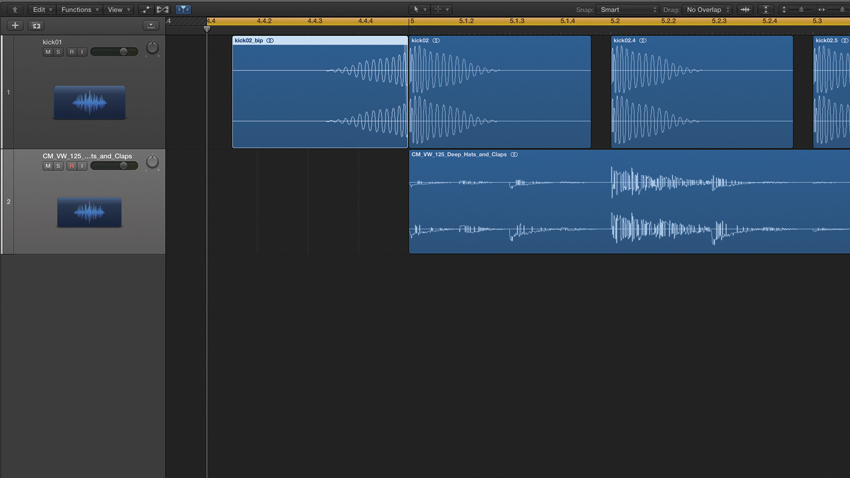
When deciding how to explosively punctuate the drop in your latest floor-filler, it can be all too tempting to take the path of least resistance and simply bung a crash cymbal on the downbeat. And that's fine… if you want to sound like everyone else.
With this quartet of techniques by your side, you'll be armed with a range of alternative methods of emphasising the impact of your drops that could make all the difference to their effectiveness
For much more advice on drop design, check out the May edition of Computer Music.
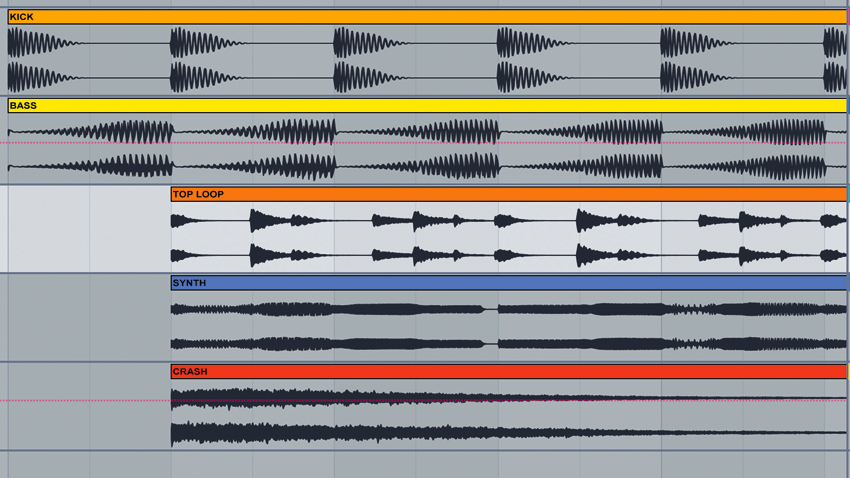
1. Crash course
Try a long, sustaining crash drenched in delay and reverb to make a cymbal reverberate across several bars - use sidechaining to get it pumping to the beat for added groove. Or, shorten your crash to just a beat in length for a stark, jolting blast.
Finally, try placing the crash on a beat other than the usual 1. Beat 2 works well for most dance styles - try stripping the mix down, then letting everything slam back in on beat 2.
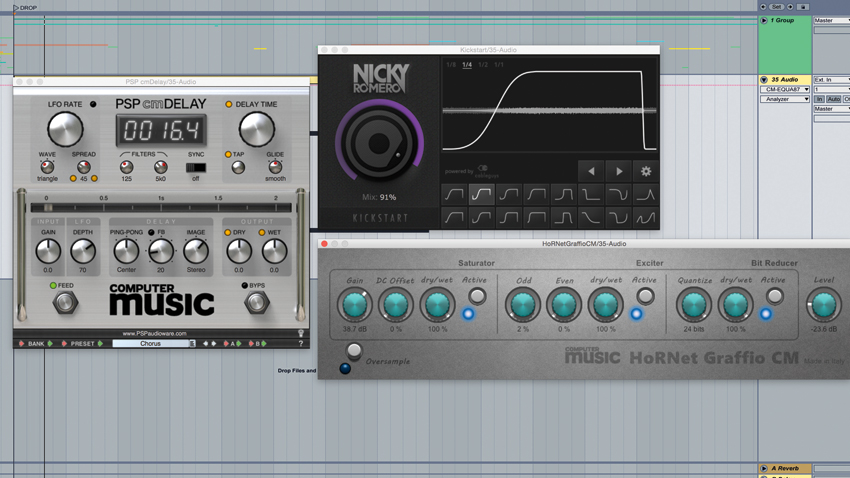
2. White noise crash
Energise your drop with this popular alternative to an actual crash cymbal sound…
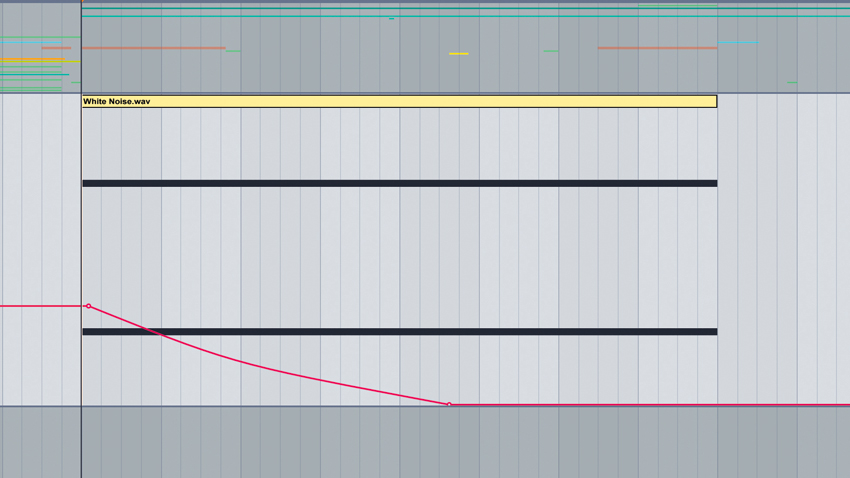
Step 1: First, you’ll need some white noise. Load White Noise.wav onto an audio track at the point where your drop begins, then automate the channel’s volume to fade out over the next four or eight bars.
Get the MusicRadar Newsletter
Want all the hottest music and gear news, reviews, deals, features and more, direct to your inbox? Sign up here.
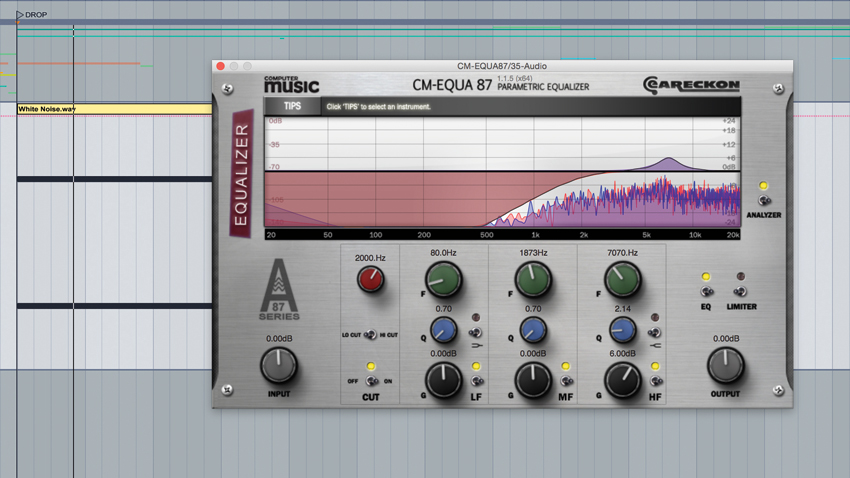
Step 2: White noise contains all frequencies for that full-on, unpitched crashing texture. We don’t want it to cloud the mix, so let’s focus it on the high-end - add an EQ, set the low cut to 1000Hz, then apply a small boost at 7000Hz for bite.

Step 3: To thicken the effect, add cmDelay, with the Tape Echo 2 preset loaded. Now get some pumping with a compressor sidechained to the kick. Finally, for midrange gruffness, add Graffio CM. Increase the Saturator’s Drive and compensate with the output Level.

3. The reverse-whip kick
Want to give your drop a rubbery, kinetic impact? Grab your main kick drum sample, reverse it, and place it on the beat before the drop begins. Slide it along so that the reverse kick ends just as the drop’s first kick begins.
You might hear an awkward ‘double-slap’ as the samples segue. To fix it, trim the end of the reverse kick and slide it up against the main kick again - repeat until it sounds right.
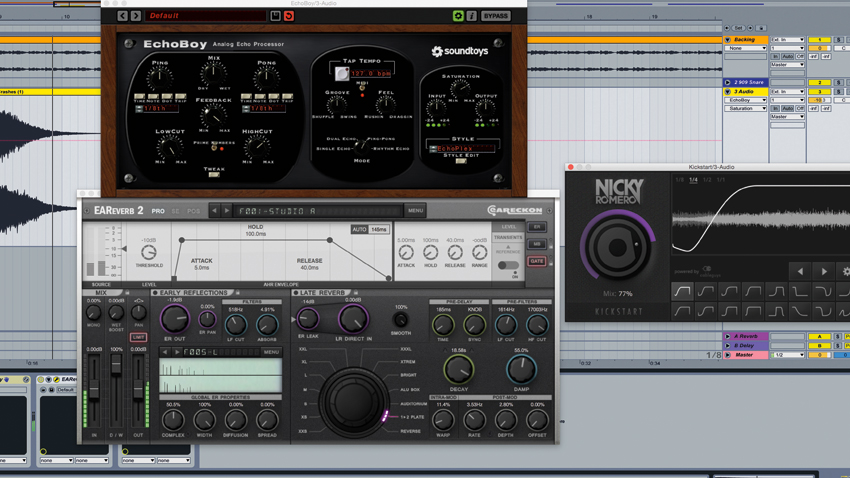
4. Hangover cure
Creating impactful contrast between builds and drops usually means killing reverb and delay tails when the drop kicks in - but how about making these ‘hangover’ FX a deliberate feature of your track?
Simply cut off the source sound - be it a riser, sound effect or vocal snipper - but allow its reverb and delay tails to carry into the following section. You can use volume and filter automation to slim the tails down if they’re clouding the drop too much.
A related technique is to add cavernous reverb or delay to the final clap or snare (or any element your listeners are anticipating) of a section so that these effects wash over into the drop.
Computer Music magazine is the world’s best selling publication dedicated solely to making great music with your Mac or PC computer. Each issue it brings its lucky readers the best in cutting-edge tutorials, need-to-know, expert software reviews and even all the tools you actually need to make great music today, courtesy of our legendary CM Plugin Suite.










